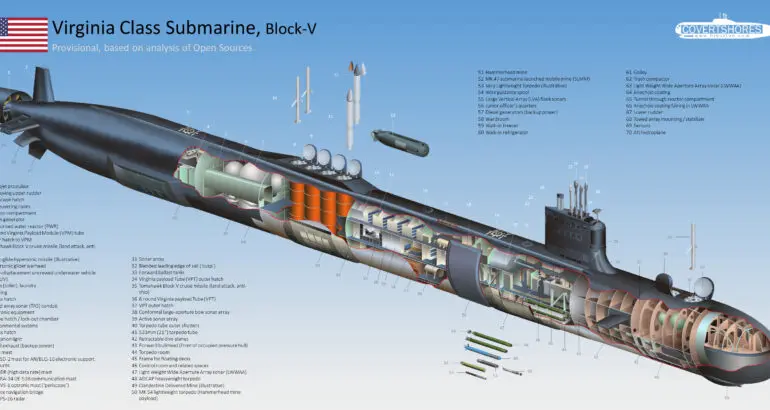FEBRUARY 22, 2023, by U. of Manchester
Credit: Anna Munro
A study using fruit flies, led by researchers at the Universities of Manchester and Leicester, supported by the National Physical Laboratory, has suggested that the animal world's ability to sense a magnetic field may be more widespread than previously thought.
The paper, published in Nature today makes significant advances in our understanding of how animals
sense and respond to magnetic fields in their environment.
This new knowledge could also enable the development of novel measurement tools where the activity of biological cells—including potentially those in humans—can be selectively stimulated using magnetic fields.
The team show for the first time that a molecule present in all living cells called flavin adenine dinucleotide (or FAD for short), can, at high enough amounts, impart magnetic sensitivity on a biological system.Scientists already know that species such as the monarch butterfly, pigeon, turtle and other animals use the earth's
magnetic field to navigate over long distances. But the discovery could mean the biological molecules required to sense magnetic fields are present—to a greater or lesser extent—in all living things.
Co-lead researcher and neuroscientist Professor Richard Baines from The University of Manchester said, "How we sense the external world, from vision, hearing, through to touch, taste and smell, are well understood. But by contrast, which animals can sense and how they respond to a magnetic field remains unknown. This study has made significant advances in understanding how animals sense and respond to external magnetic fields—a very active and disputed field."
To do so, the research team exploited the fruit fly (Drosophila melanogaster) to manipulate gene expression to test out their ideas. The fruit fly, although very different on the outside, contains a nervous system that works exactly the same way as ours and has been used in countless studies as a model to understand human biology.
Magnetoreception—as the
sixth sense is called—is much more difficult to detect than the more familiar five senses of vision, smell, hearing, touch and taste.
That, says co-lead researcher and neuroscientist Dr. Adam Bradlaugh from The University of Manchester, is because a magnetic field carries very little energy, unlike photons of light or sound waves used by the other senses which, by comparison, pack a big punch.
To get around this, nature has exploited
quantum physics and
cryptochrome—a light-sensitive protein found in animals and plants.
Dr. Alex Jones, a quantum chemist from the National Physical Laboratory, and also part of the team, said, "The absorption of light by the cryptochrome results in movement of an electron within the protein which, due to quantum physics, can generate an active form of cryptochrome that occupies one of two states. The presence of a magnetic field impacts the relative populations of the two states, which in turn influences the 'active-lifetime' of this protein."
Dr. Bradlaugh said, "One of our most striking findings, and one that is at odds with current understanding, is that cells continue to 'sense' magnetic fields when only a very small fragment of cryptochrome is present. That shows cells can, at least in a laboratory, sense magnetic fields through other ways."
He added, "We identify a possible 'other way' by showing that a basic molecule, present in all cells can, at high enough amounts, impart magnetic sensitivity without any part of cryptochromes being present. This molecule—flavin adenine dinucleotide (or FAD for short)—is the light sensor that normally binds to cryptochromes to support magnetosensitivity."
The findings, say the researchers, are important because understanding the molecular machinery that allows a cell to sense a magnetic field provides us with better ability to appreciate how
environmental factors (for example, electromagnetic noise from telecommunications) may impact on animals that rely on a magnetic sense to survive.
The magnetic field effects on FAD in the absence of cryptochrome also provide a clue as to the evolutionary origins of magnetoreception, in that it seems likely that cryptochrome has evolved to utilize magnetic field effects on this ubiquitous and biologically ancient metabolite.
Co-lead author Professor Ezio Rosato from The University of Leicester said, "This study may ultimately allow us to better appreciate the effects that
magnetic field exposure might potentially have on humans. Moreover, because FAD and other components of these molecular machines are found in many cells, this new understanding may open new avenues of research into using magnetic fields to manipulate the activation of target genes. That is considered a holy-grail as an experimental tool and possibly eventually for
clinical use."
Recommend this post
and follow
Sputnik's Orbit
Posted by Chuck
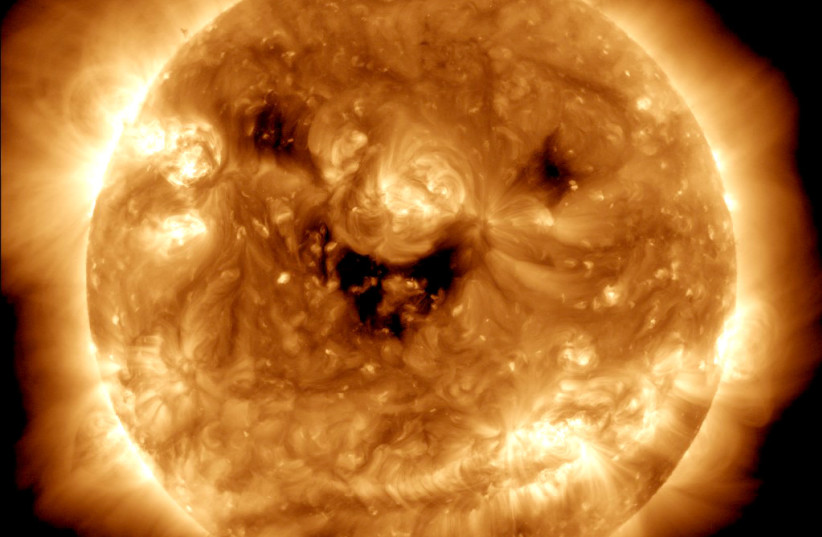

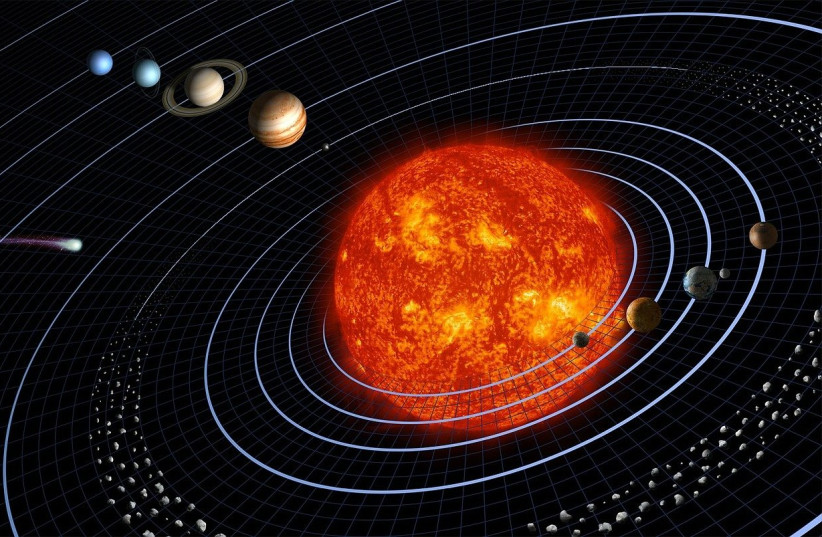

.webp)


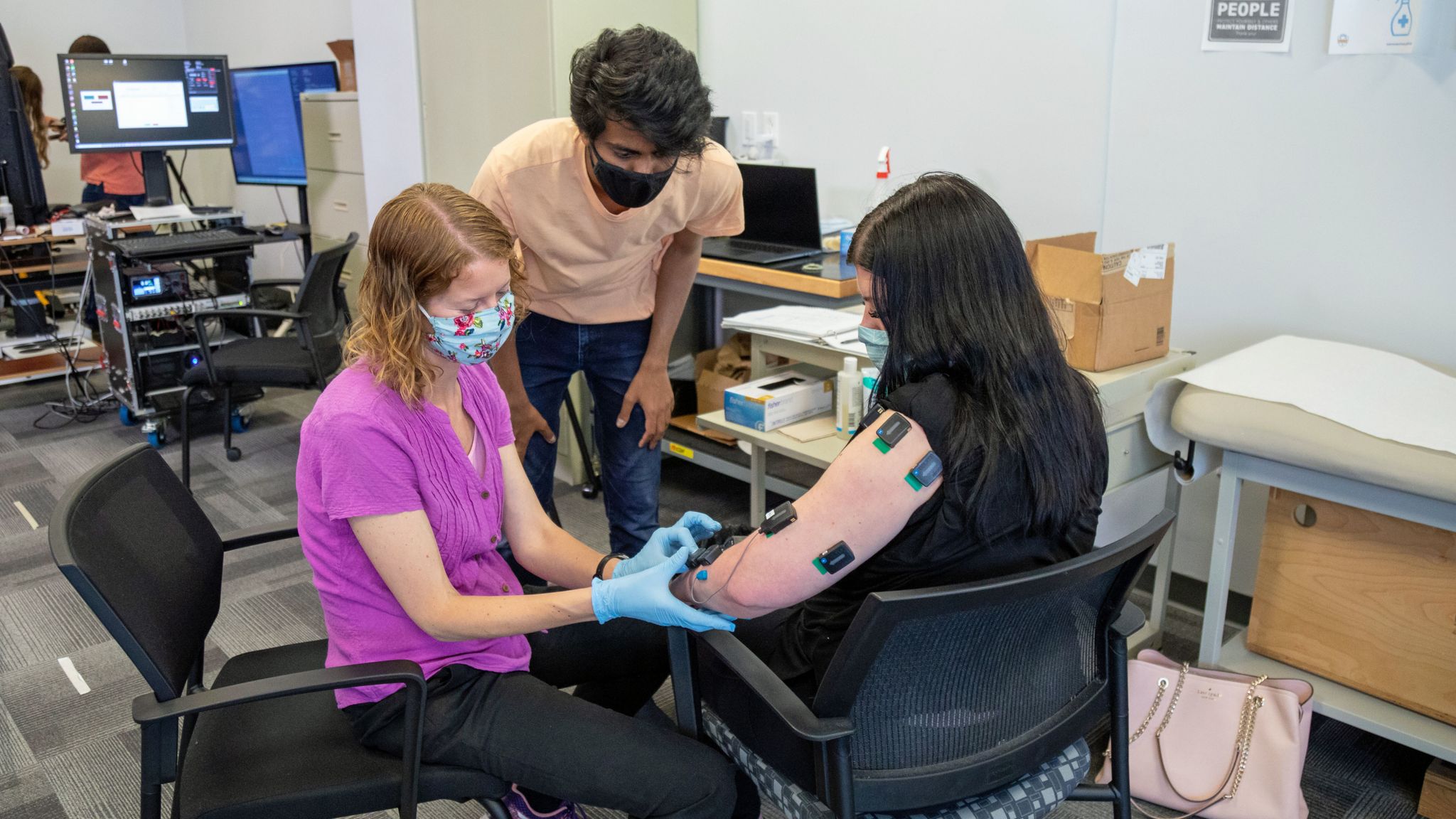
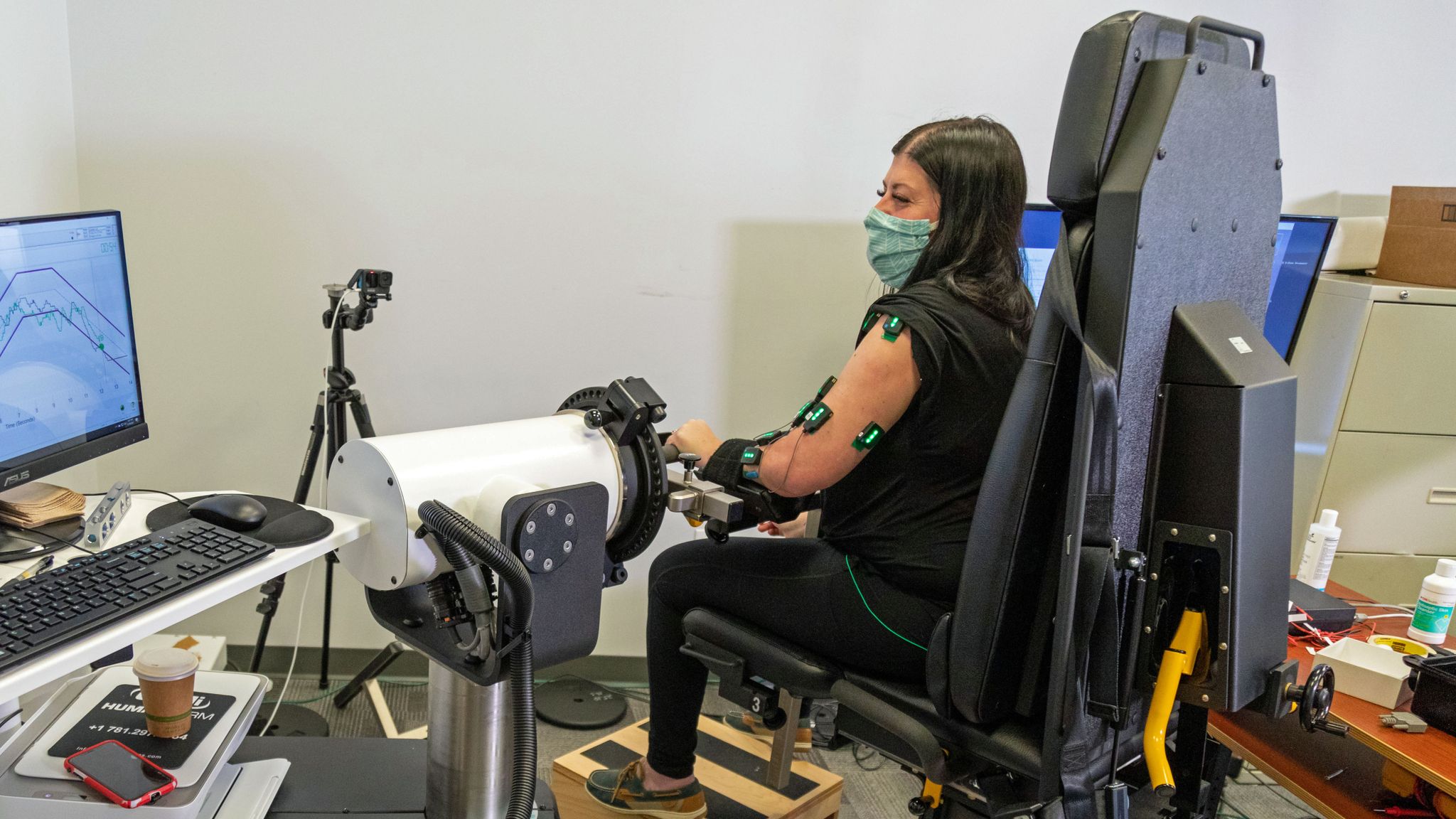



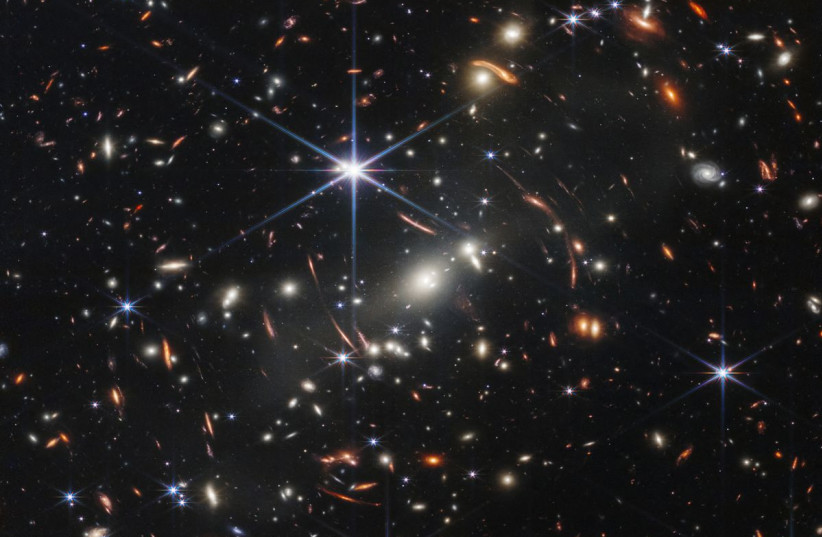

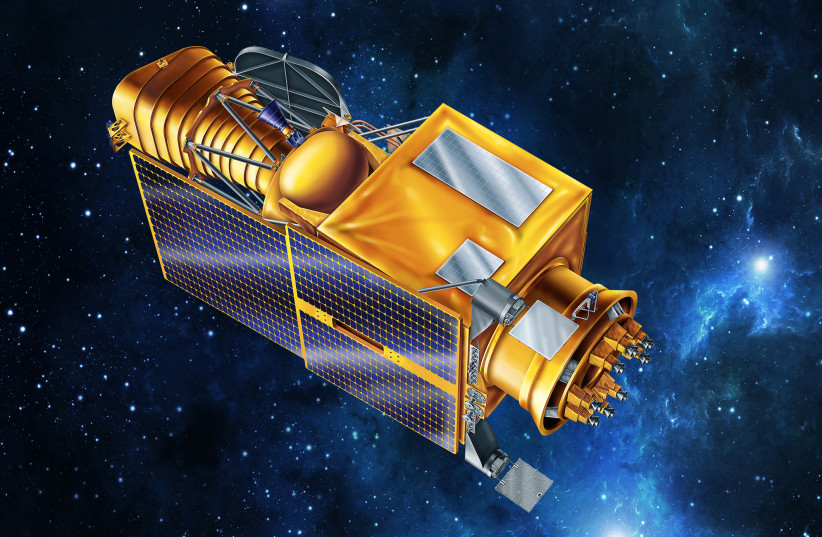

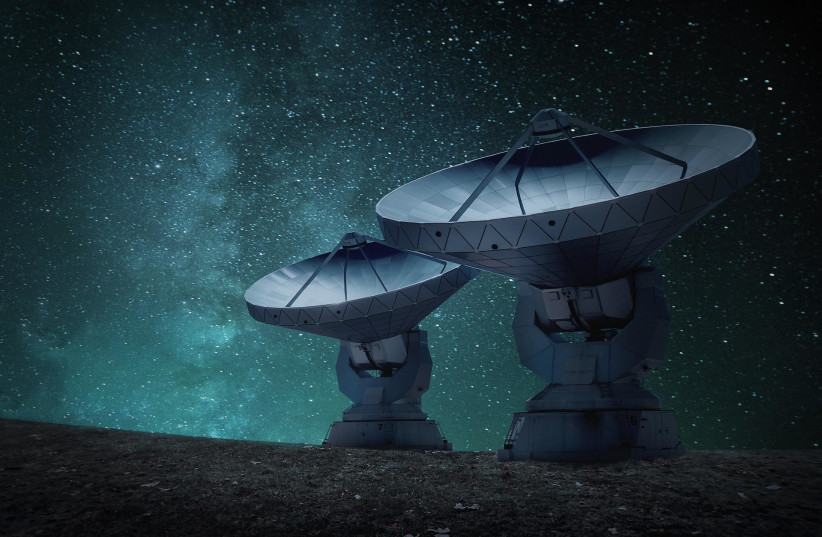
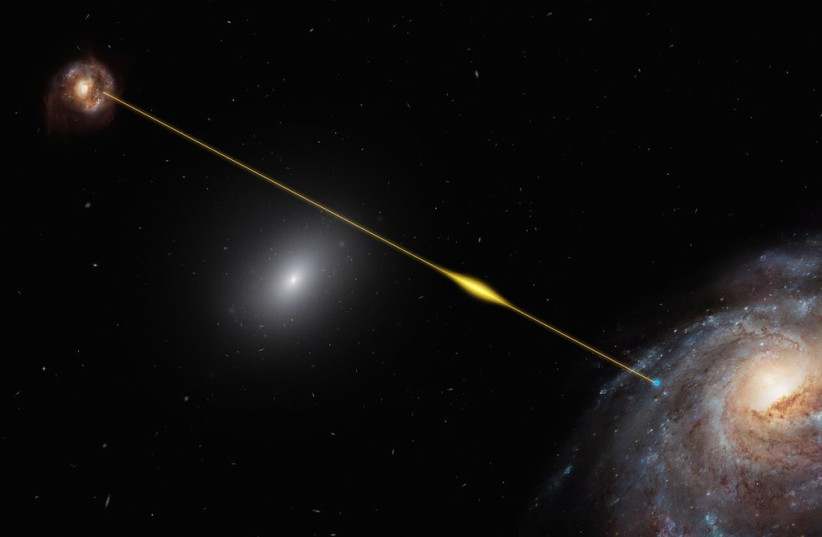
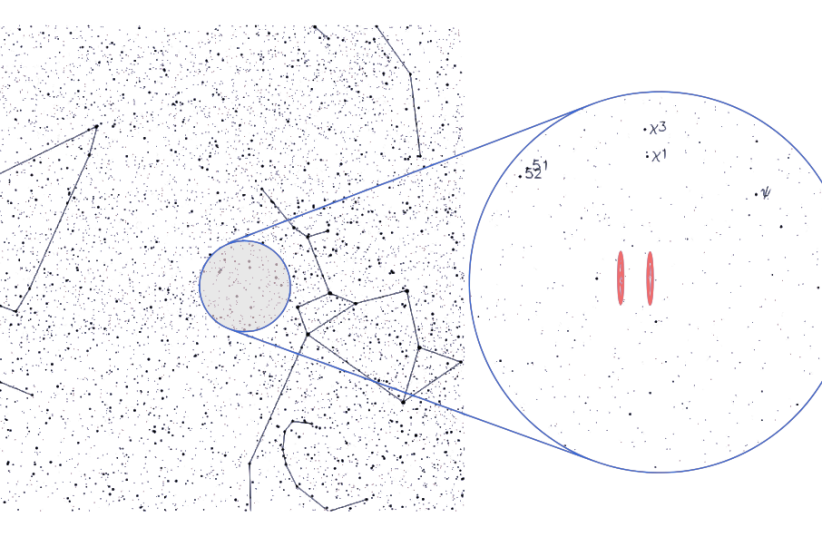


:quality(70)/cloudfront-us-east-1.images.arcpublishing.com/archetype/4UTP67S2SJA55NMBBXWOOOTJEM.jpg)


